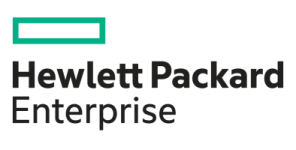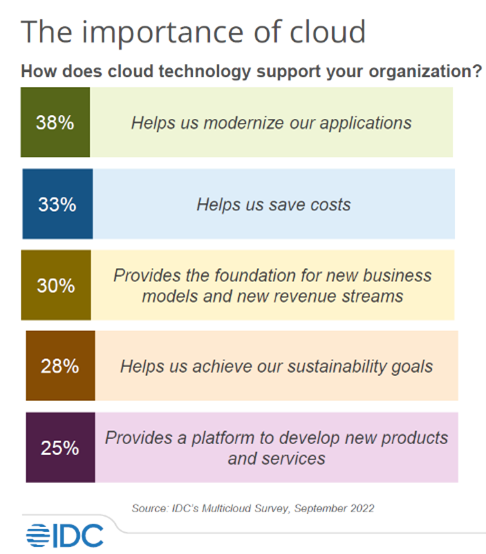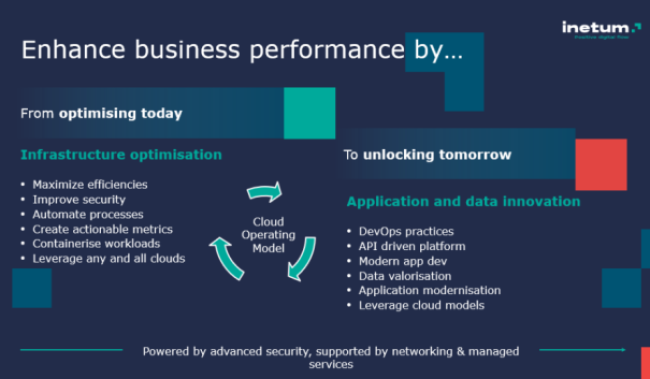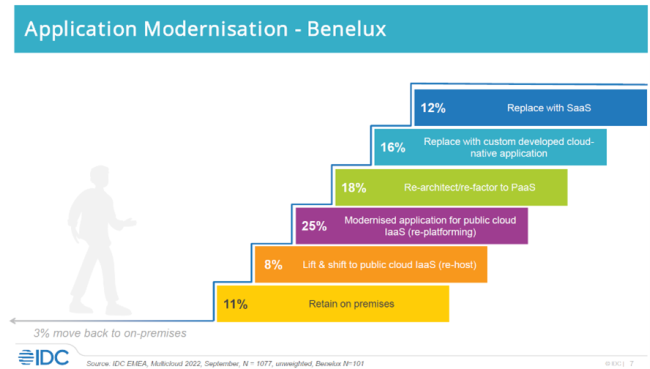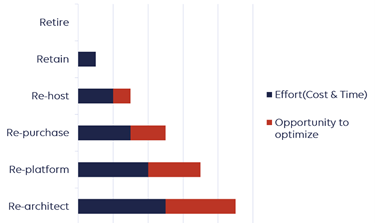“Obviously, the cloud is not a goal in itself,” says Stefan Smeets. “Instead, organizations should make the right choices for their applications and data, based on their business wants and needs. Of course, these should also take their environment and IT department’s operational choices into account. IDC and other analysts see Cloud 3.0 as business-oriented. Business results are what matter most. There is no silver bullet, in other words.”
Hybrid sets the tone
A similarly varied picture emerges from IDC’s enquiries into attitudes towards the use of public cloud services. A meager 2% of respondents rely exclusively on the public cloud. Approximately one in eight (13%) still prefer to maintain their own infrastructure, either on-premises or in a location shared with a hosting provider.
Most noteworthy, however, is that over four out of five companies (84%) have currently opted for a hybrid approach. A third of respondents (35%) indicate that they prefer their own infrastructure, but don’t hesitate to use the public cloud when necessary. A much smaller number of companies (6%) have opted for the opposite approach, generally relying on the public cloud, but maintaining the option of working locally. The majority (43%) are hedging their bets for the time being and are searching for an optimal balance between an infrastructure of their own and the public cloud.
Best of all worlds
“We have only barely made a start on our journey to the cloud,” IDC concludes. That may explain why so many organizations are still holding on to their old, familiar landscape while also experimenting with the new. That is not necessarily a problem, though – especially with a good partner to guide you on your journey. “Depending on the cloud solution you want, you can mix and match four different cloud types.
- Public cloud: running your solution on a hyperscaler infrastructure such as Microsoft Azure or Amazon Web Services (AWS);
- Regional cloud: running your solution on an external partner’s infrastructure, such as Inetum-Realdolmen’s rCloud;
- Private cloud: running your solution on your own data center’s centralized infrastructure; and
- Edge cloud: running your solution on local infrastructure close to or where it is most needed, such as production facilities or a hospital operating theater.
YrCloud: a hybrid solution
As IDC’s study shows, quite a few companies are still holding on to on-premises data centers, for reasons both practical and at times legal. To meet this continued demand on our customers’ part, Inetum-Realdolmen has developed a new option: YrCloud, our new managed services offering for the private and edge clouds. Specifically, it enables you to combine the benefits of the public cloud with those of your own, on-premises data center. We are basically bringing our rCloud (Regional Cloud) to your doorstep. You switch from CapEx to OpEx. You no longer buy the servers and storage you need for your on-premises data center yourself. Instead, we will provide you with the infrastructure and manage it for you. We offer you a public cloud consumption model and experience, but within your own data center. Thanks to our new cloud service, it is no longer necessary to force yourself to choose between the public cloud and an on-premises infrastructure.
Want to find out more?
Curious about the many benefits of our pay-per-use model for managed private cloud services? Read this blog post to find out more. Or are you considering how your organization could benefit from the potential of a hybrid cloud? Our experts won’t just tell you about the various possibilities, they can also actively help you find the best solution, perfectly tailored to your needs. Please don’t hesitate to contact us at info@inetum-realdolmen.world or ask your usual contact person.
